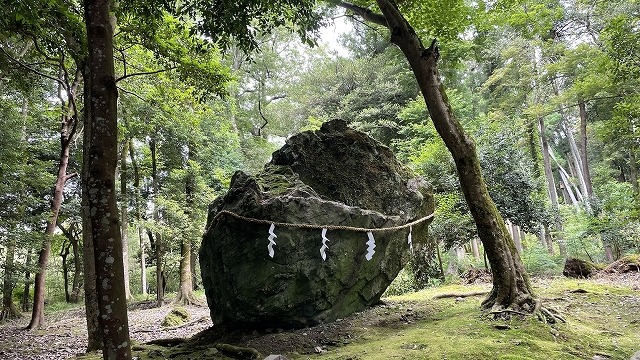Three schools of thought have influenced Japanese gardens. The first influential thought is Shinto. Shinto is a path that was handed down as a folk belief in Japan. It is a faith that worships the mythical deity “Amaterasu Omikami” and other deities with national and ethnic foundations and honors their teachings, and has permeated all aspects of the Japanese people’s life and culture.
In Shinto, there is a custom of worshipping eight million gods, or a great many gods, who are believed to reside in animals, plants, all phenomena, and everything that exists in the world, from the sun to the moon, wind, and even the latrines in our homes.

A rock on which a deity was invited to hold a festival is called a “Iwakura”. In ancient times, in order to welcome and worship the gods, the rocks were surrounded by small stones or piled up. This is called “Iwasaka”. In this way, people prayed for a good harvest, good health, and prosperity for their descendants.
Japanese people have a reverence for stones and trees. The influence of Shintoism can be felt everywhere in Japanese gardens.


